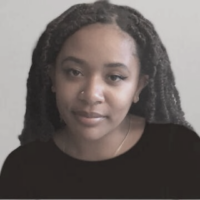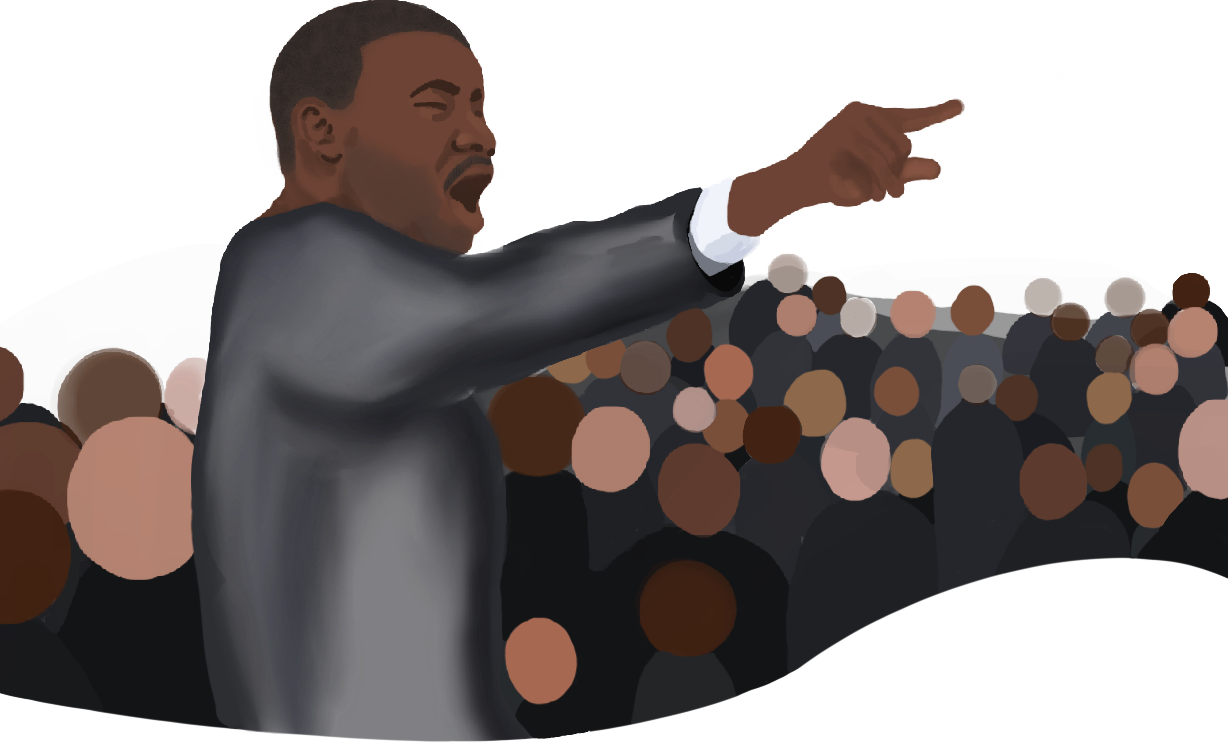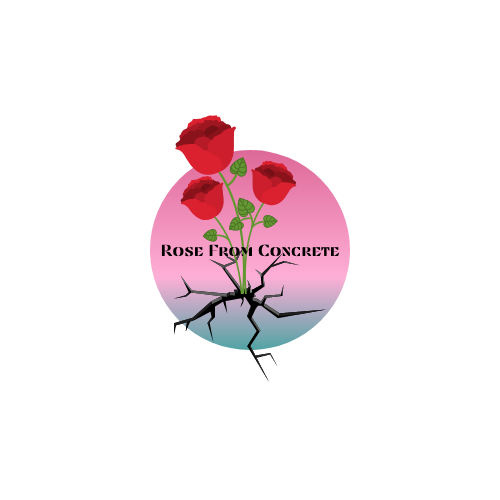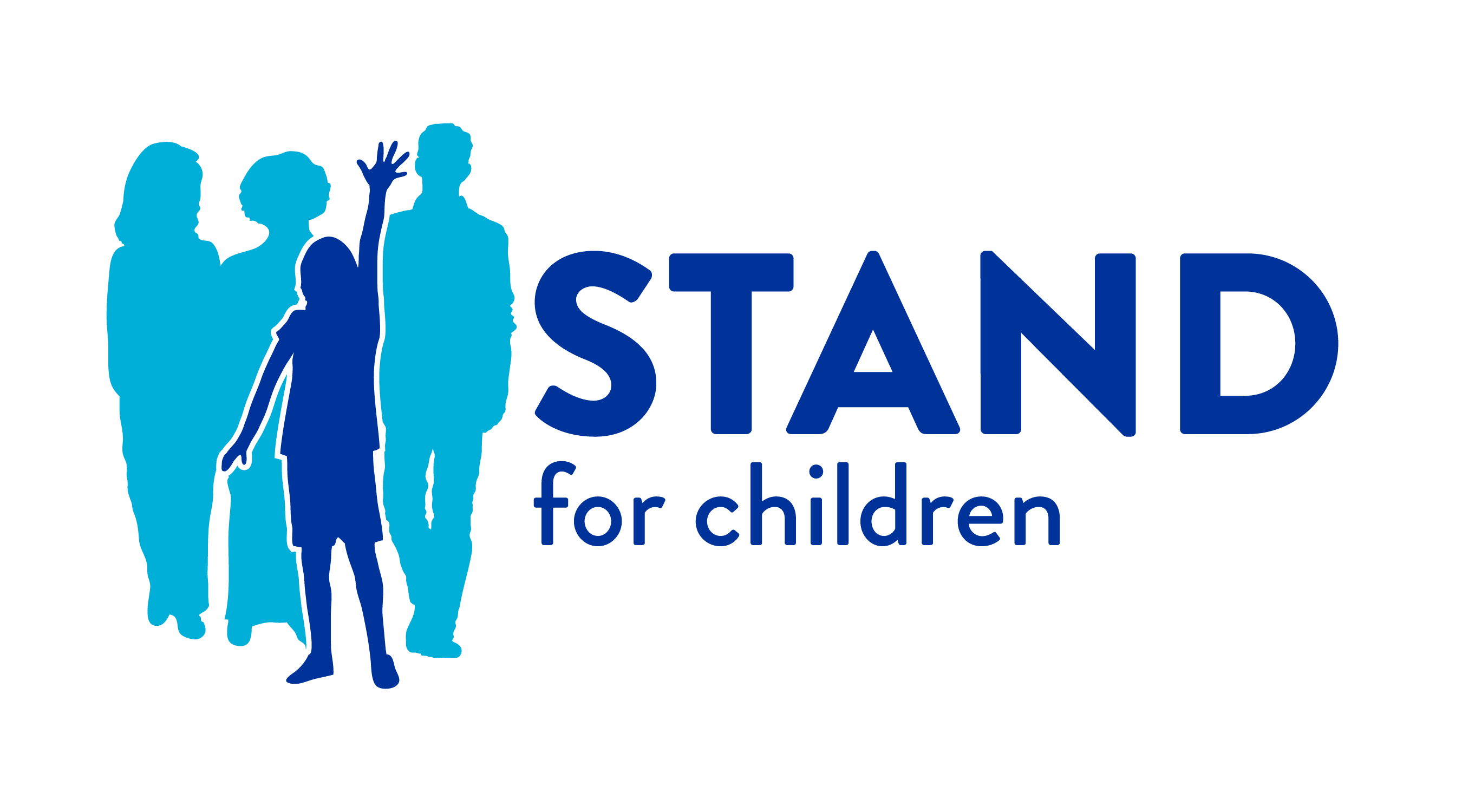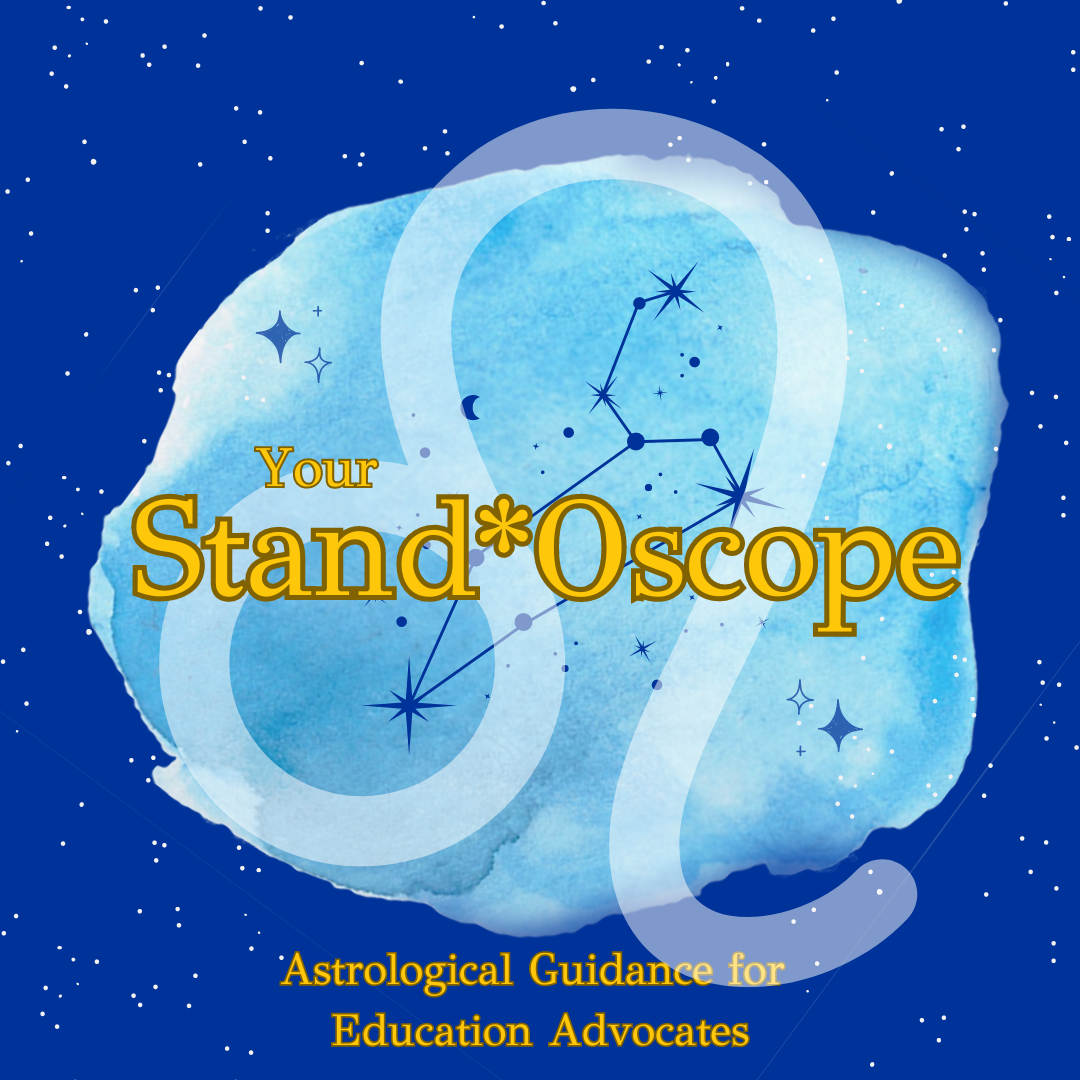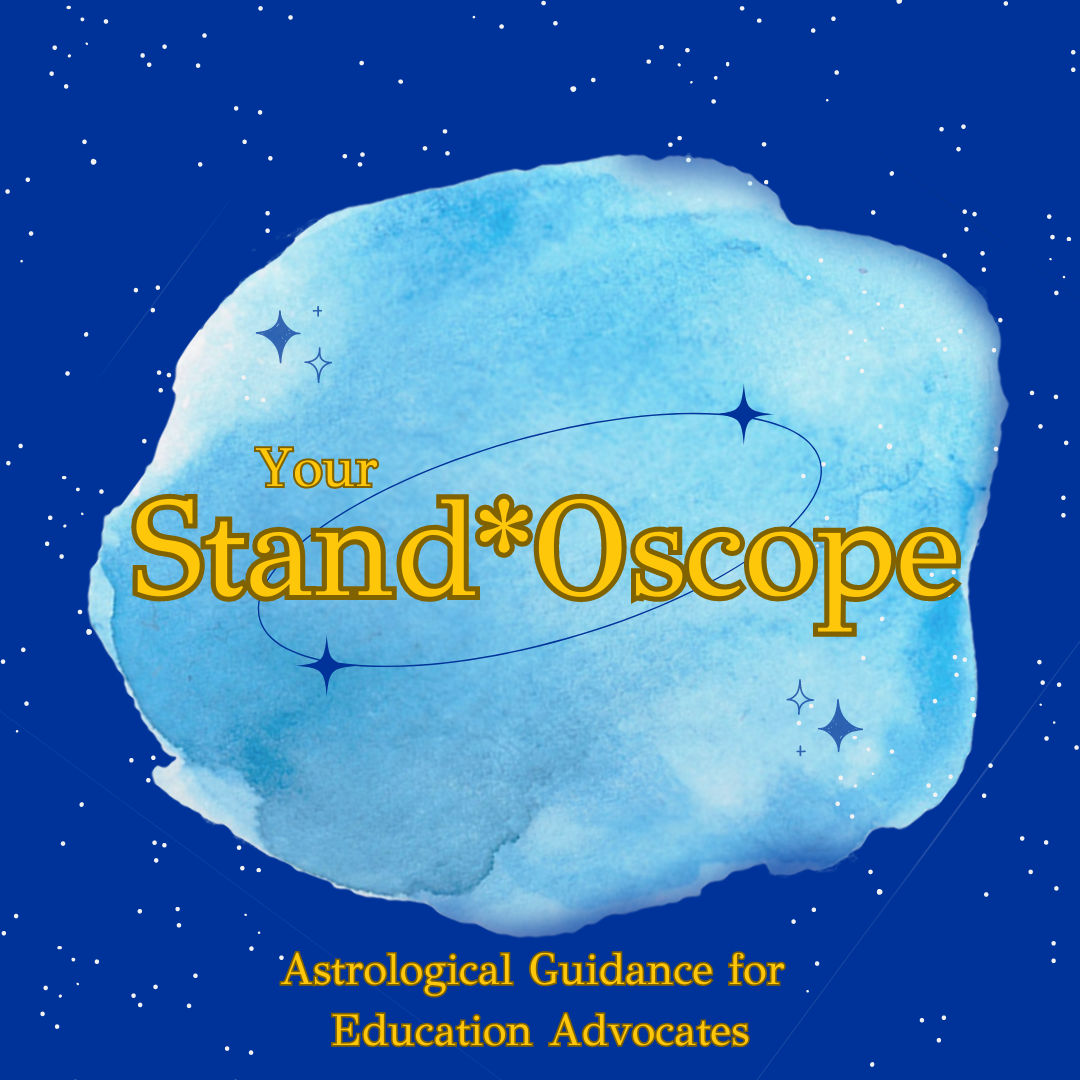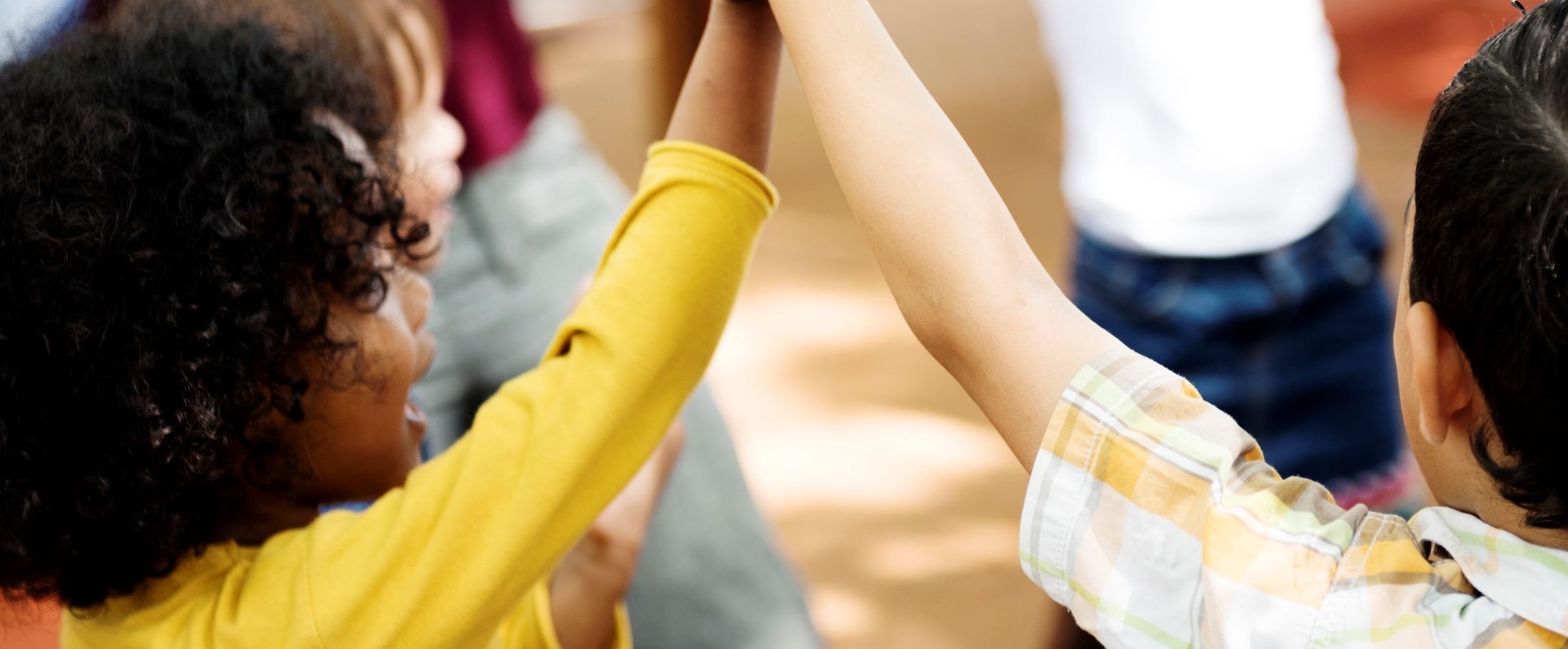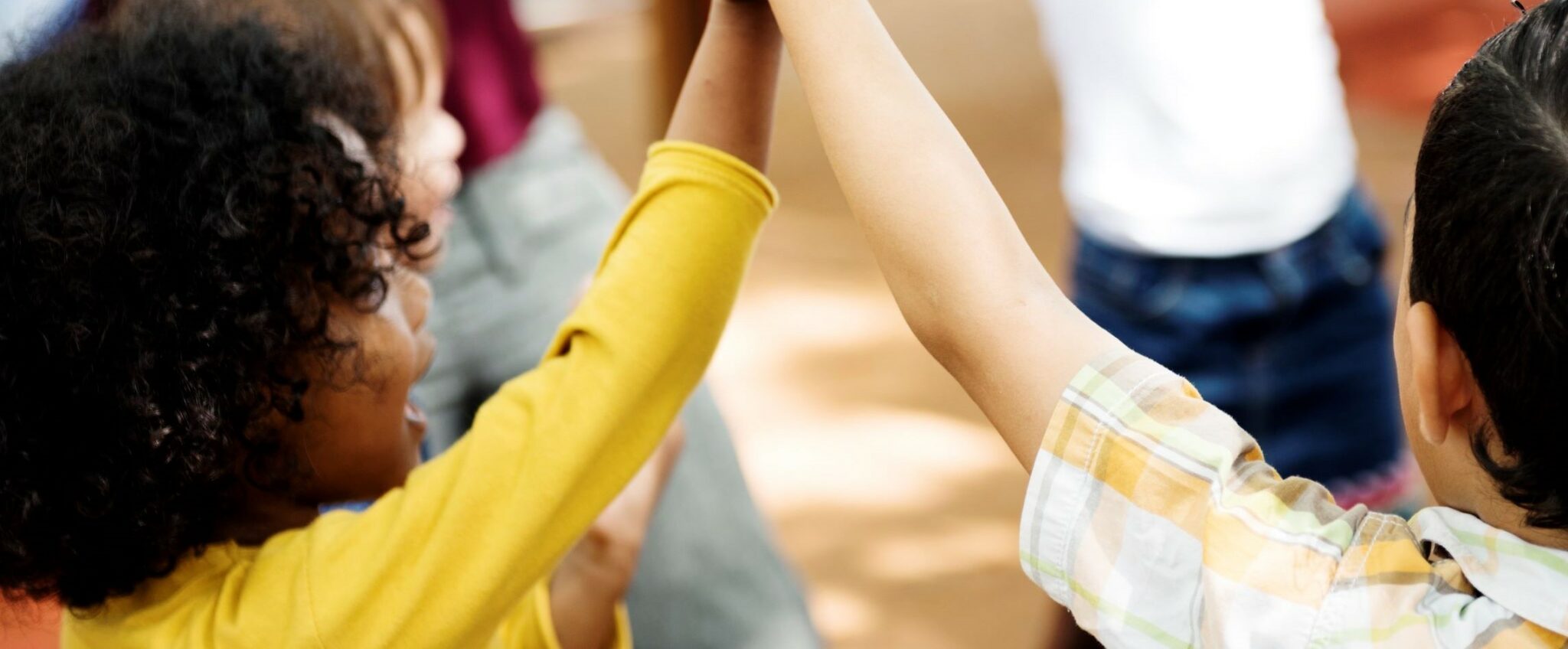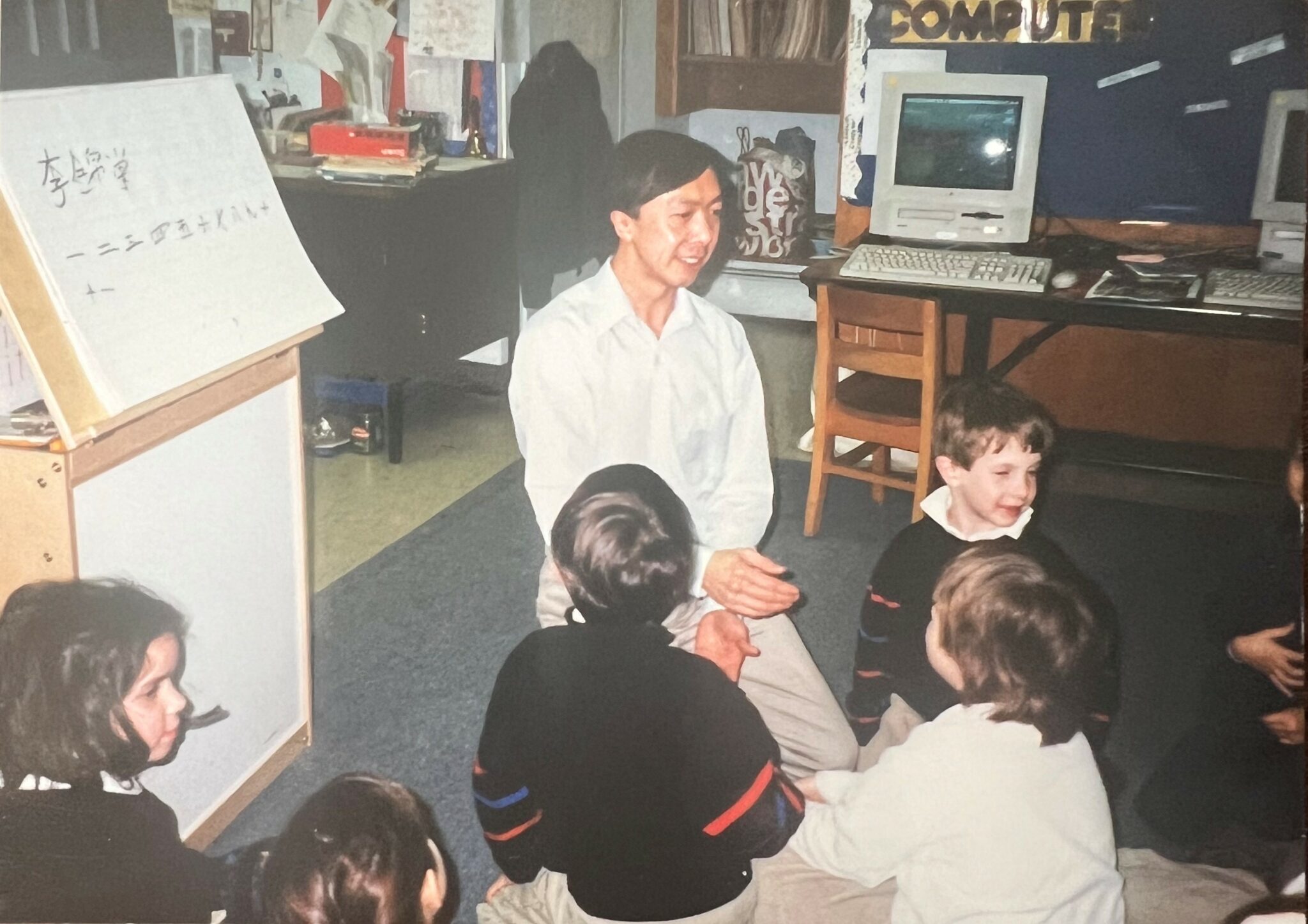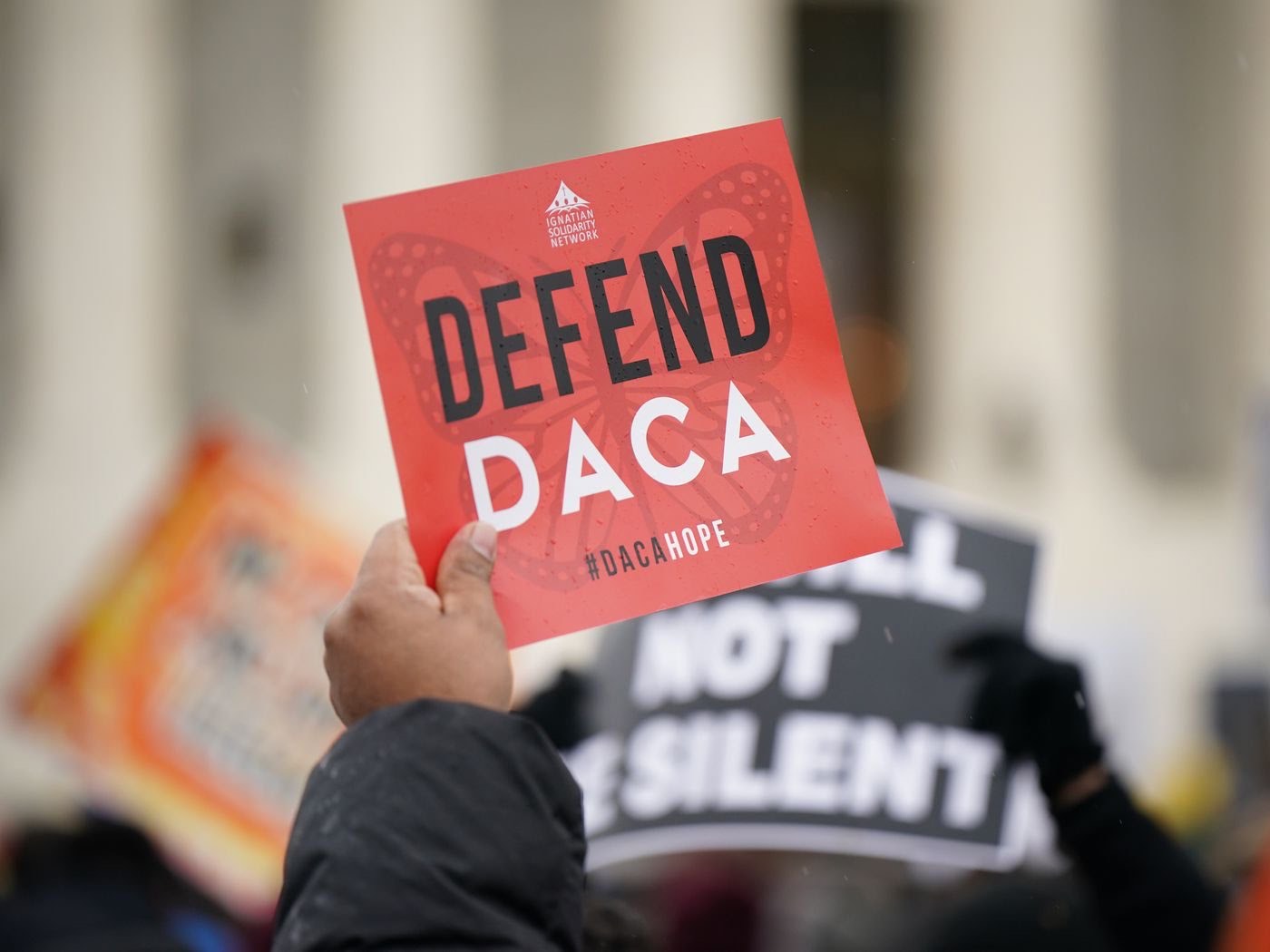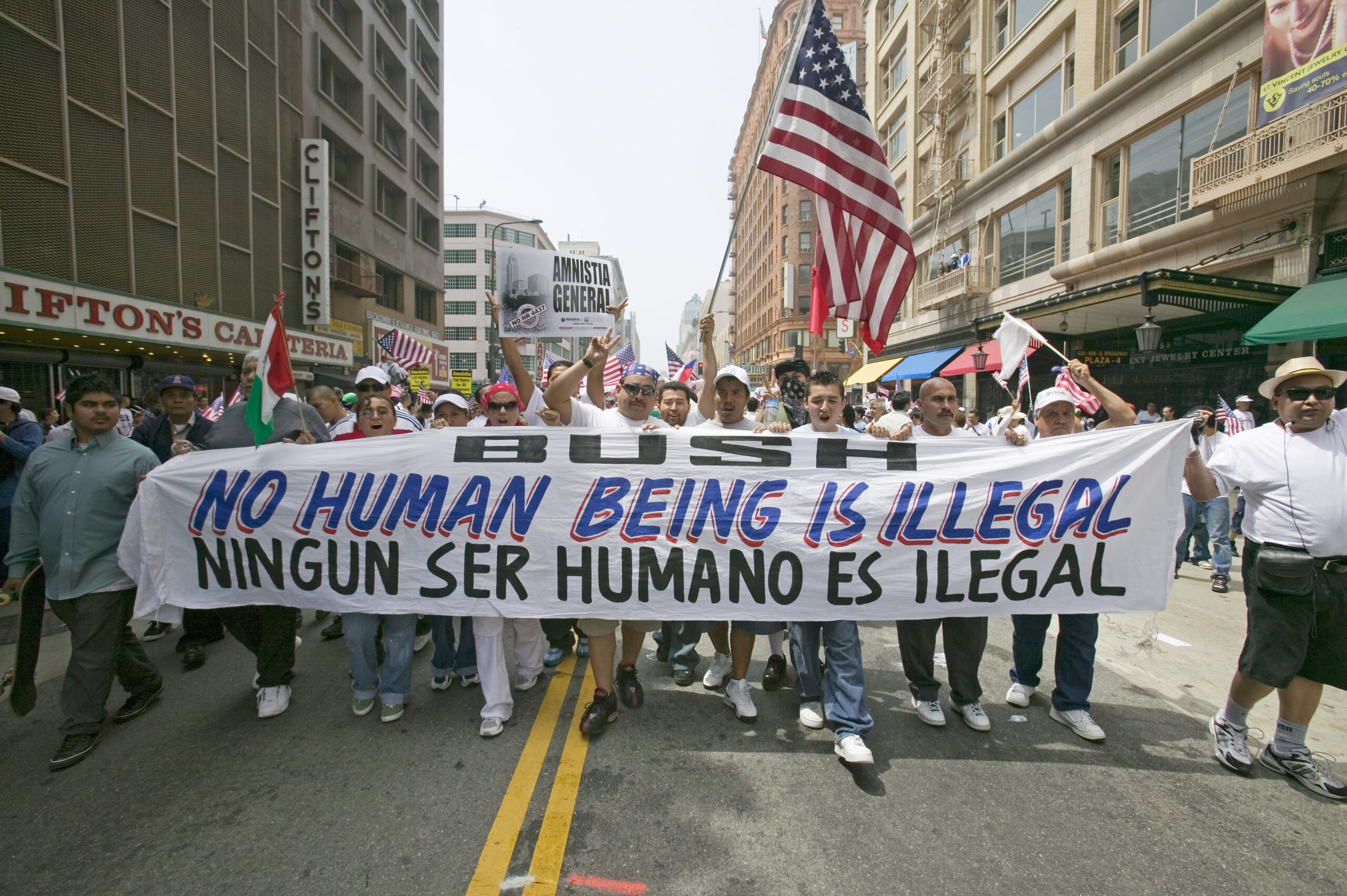
National Library Week is here, and the time to rally behind our libraries is now. As extreme politicians seek to attack education and defund libraries through harmful policies, our support during this week is more critical than ever.
That’s why we joined our partners at We Believe, PEN America, and EveryLibrary to sign the joint open Love Letter to the librarians who support our schools and communities. And now, it’s your turn!
3 Ways You Can Take Action In Support of Libraries This National Library Week:

1. Sign the Library Love Letter. Join Stand and our partners from We Believe, PEN America, EveryLibrary, and other organizations in showing your support to libraries and their staff as hubs of knowledge and community by signing onto this Library Love Letter!
2. Sign up for a library card. Sign up for a card to get access to a multitude of books, movies, and other resources all while supporting continued funding for your local library.
3. Get Connected. Explore We Believe, PEN America, and EveryLibrary’s National Library Week Action Guide for a range of activities at various levels of engagement, from sharing virtual stickers to urging Congress to protect the freedom to read.
Your Next Library Pickup
One of the most effective ways we can all support libraries and library staff this National Book Week is by signing up for a library card and visiting our local library branches!
Need some suggestions on your next read? We asked our staff members what books they’re reading. Here are 5 reads they can’t stop raving about:

What books are you reading this National Library Week? Let us know in the comments below or join the conversation on social!





